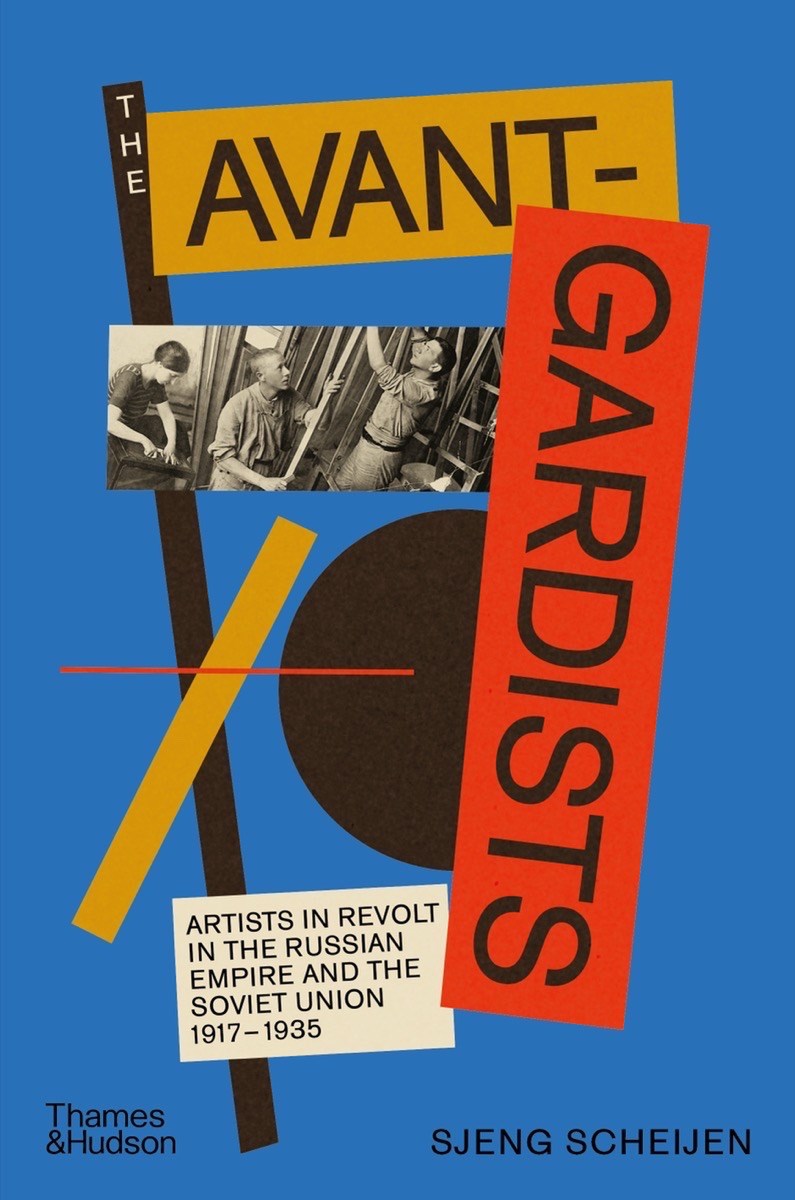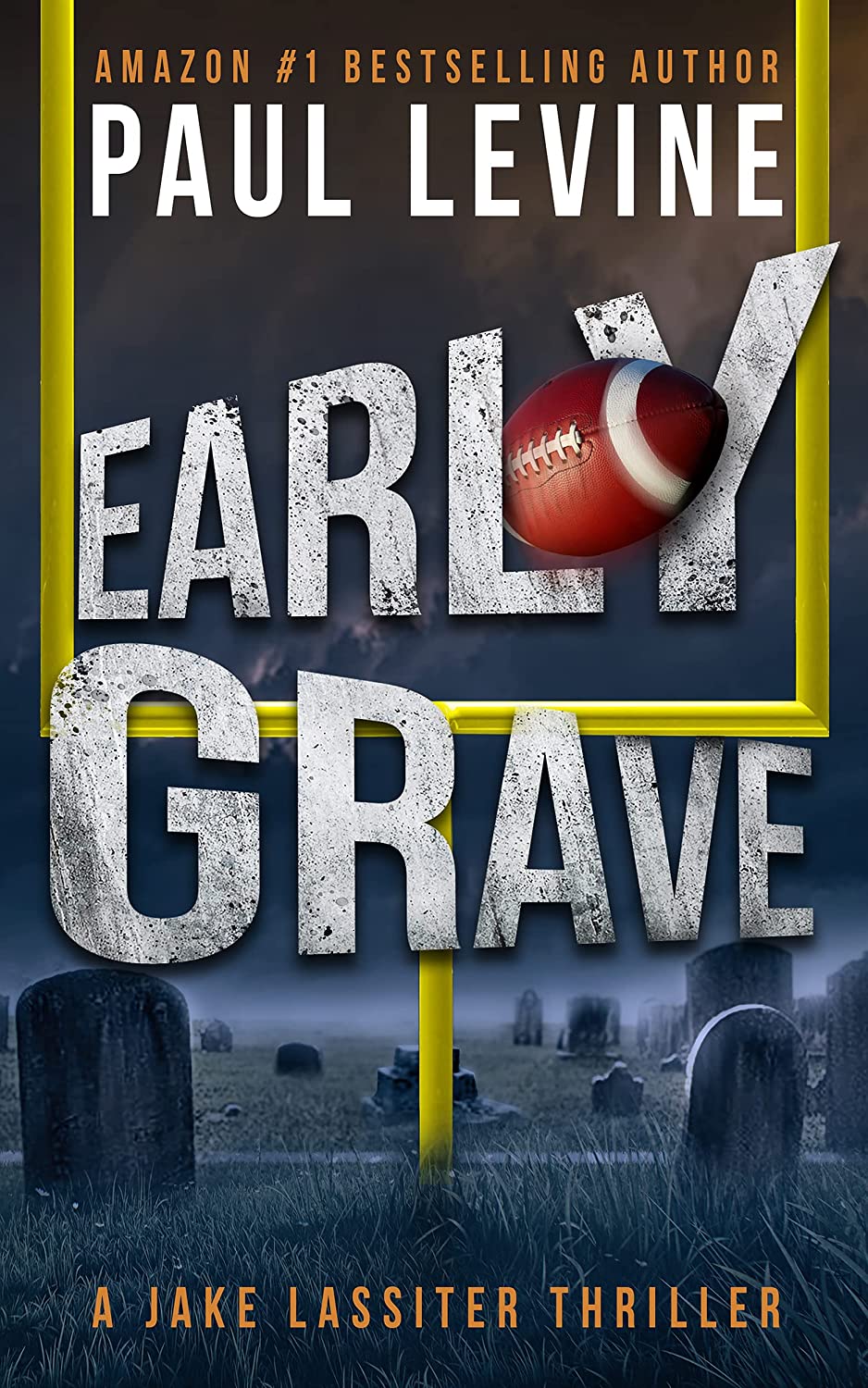James Woods Marshall
10 Articles
Last 30 days
Last 6 months
Last 12 months
Last 24 months
Specific Dates
From:
To:
PREMIUM
Rogues and Scholars: A History of the London Art World: 1945–2000
While Stourton steers dangerously close to overfilling the book with names and anecdotes, his brisk writing style and honest approach will win over readers. Ultimately this is a remarkable story about a bygone world, well told by an insider.
PREMIUM
Caspar David Friedrich: Art for a New Age
This is what art history books should be like. The well-written essays are crisp and laser-focused on subjects both esoteric and concrete. The illustrations and paintings are used skillfully. The scholarship has a modern perspective but carefully respects the historical time period when the artwork was created. Given the scale and scope of the Kunsthalle show, it’s possible that exhibitions like this, and books like this, will find the necessary cultural cohesion and financial means scarce in the future.
PREMIUM
The Avant-Gardists: Artists in Revolt in the Russian Empire and the Soviet Union 1917–1935
In this deeply sourced and well-illustrated volume, Scheijen’s passionate embrace of the subject matter is almost overwhelming, and sometimes the density of the narrative makes for difficult reading. This is definitely a book for readers already familiar with the topic.
Falling Rocket: James Whistler, John Ruskin, and the Battle for Modern Art
 Absorbing and informative, this title is cultural history at its best.
Absorbing and informative, this title is cultural history at its best.
PREMIUM
Chameleon
A good beach or vacation read that will have readers rooting for another book in the “Black Box” series. Perfect for Jack Carr, Mark Greaney, and Tom Clancy’s Jack Ryan fans.
PREMIUM
See What You’re Missing: New Ways of Looking at the World Through Art
Twenty-five crisp chapters on 25 separate artists allow Gompertz the room to explore both detail and concept in this well-organized labor of love. His first-person perspective places the historical artworks in the present while making all the artwork immediate and relevant. Effortless prose and laser focus on the communicative potential of art make this a worthwhile read for students, professionals, or interested observers.
PREMIUM
Early Grave
With its singular characters, clever plotting, and focused storytelling, Levine’s punchy, well-written contemporary legal thriller will please John Grisham fans. The short chapters and first-person POV make it a good choice for reading on a tablet or phone.
PREMIUM
A Quiet Teacher
The chapters are short, and the writing is sharp as Oyebanji demonstrates a confident and developed voice and style. Never pulling punches, he smoothly places societal issues in service of the story and ends up multiplying the power of both.
PREMIUM
Wealth Management
The chapters are unusually short, enabling Zuckerman to keep a lot of thematic balls in the air; he really hits his stride in his first time out, telling a story torn from the headlines with a quick-read focus.
ALREADY A SUBSCRIBER? LOG IN
We are currently offering this content for free. Sign up now to activate your personal profile, where you can save articles for future viewing










